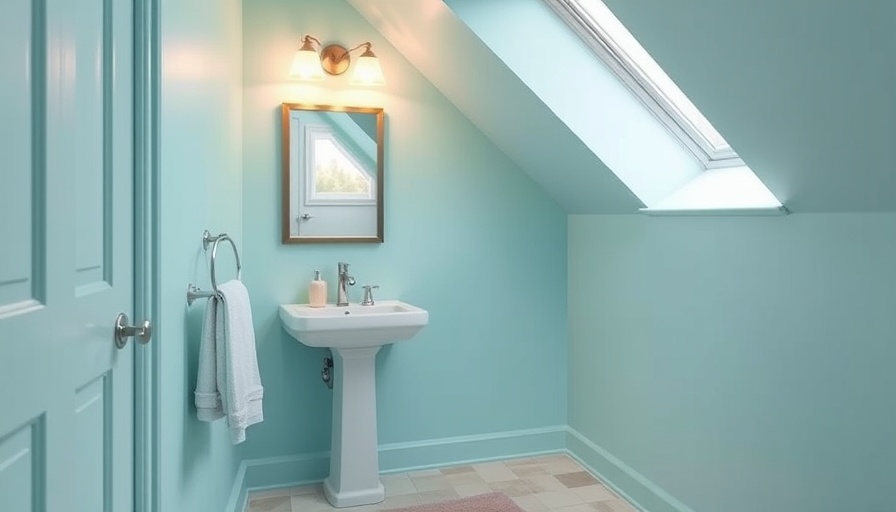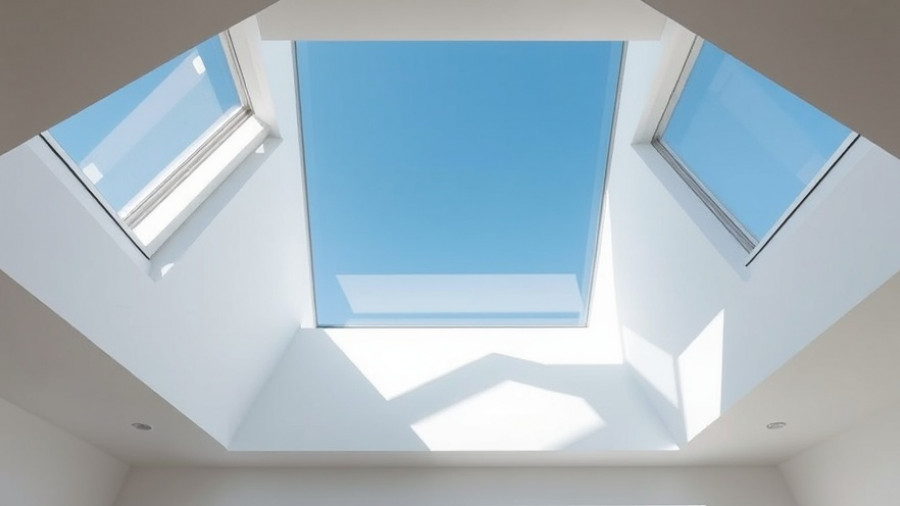
Do You Really Need a Bathroom Window?
As you embark on the journey of renovating or designing your ideal bathroom, the question often arises: "Do bathrooms have to have a window?" Many homeowners lean towards the patio-like charm of windows for their bathrooms, but they might not realize that in the UK, there is no legal requirement for a bathroom to have one. However, this doesn’t mean windows don't matter. Whether they provide a breath of fresh air or a dash of sunlight, windows can vastly enhance the bathroom experience.
The Legal Perspective: What You Should Know
According to Approved Document F of the UK Building Regulations, bathrooms must have adequate ventilation, which is essential in preventing humidity and moisture build-up—problems that can lead to more serious issues like mould growth. While a window may serve this purpose effectively, alternatives such as mechanical extractor fans are deemed acceptable. These fans should efficiently extract at least 15 litres of air per second, ensuring any residual moisture is swiftly removed.
The Bright Side: Benefits of a Bathroom Window
Despite not being mandatory, bathroom windows come with several captivating advantages:
- Natural Ventilation: Windows allow for swift moisture escape, drastically reducing the likelihood of mould and mildew formation and elevating the air quality within the bathroom.
- Natural Light: Bringing sunlight into your bathroom can improve mood and energy levels. The presence of natural light can reduce reliance on electric lighting and open up the space, making it feel larger and more inviting.
- Energy Savings: With natural light illuminating the space, you may find significant reductions in energy consumption, leading to lower utility bills.
- Aesthetic Appeal: Windows not only enhance functionality but also add a visually pleasing element to your bathroom. They can provide a lovely view, which can significantly add to the property’s overall value.
The Costs of Skipping A Window: Potential Issues
On the flip side, windowless bathrooms can present a set of challenges:
- Condensation and Damp: In the absence of windows, humidity lingers, resulting in chronic condensation issues on mirrors and walls, which can lead to more serious problems if not properly managed.
- Mould Growth: Without proper ventilation, bathroom mould can thrive, leading to unsightly and potentially harmful health issues such as asthma or other respiratory problems.
- Unpleasant Odours: Stuffy interiors without airflow can become filled with lingering smells, making the space feel unclean and uncomfortable.
Creating a Loved Bathroom Without a Window
As a young homeowner in London with a penchant for home improvement projects, there are effective strategies for enhancing a windowless bathroom. Consider installing a top-rated mechanical extractor fan that operates silently. Additionally, you might want to invest in dehumidifiers or moisture-absorbing crystals that do wonders in reducing humidity levels. Consider using lighter colours, bright fixtures, and mirrors to create the illusion of a larger space. Finally, smart LED lighting can mimic natural daylight, helping you elevate your bathroom’s atmosphere.
Final Thoughts: Turn Your Vision into Reality
Ultimately, whether you opt for a window or not, it's vital to focus on creating a functional, inviting bathroom space that maximizes comfort and well-being. As you dive into design plans, remember that thoughtful ventilation is essential to a healthy home, reflecting your unique style while offering aesthetic and practical value.
For more tips about home improvements and property care, feel free to explore our extensive guides that cover various aspects of design, sustainability, and technology in smart homes.
 Add Row
Add Row  Add
Add 




Write A Comment